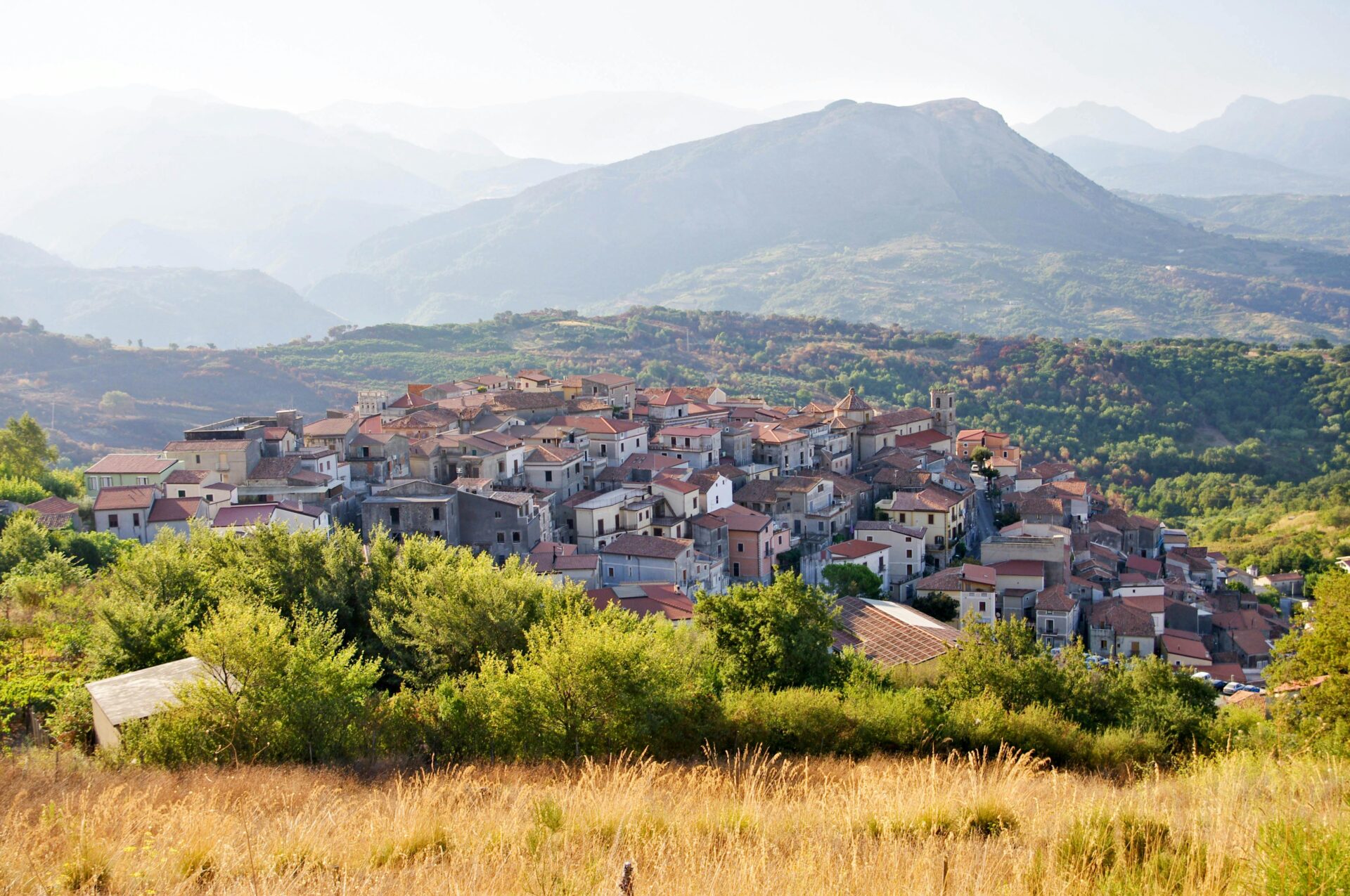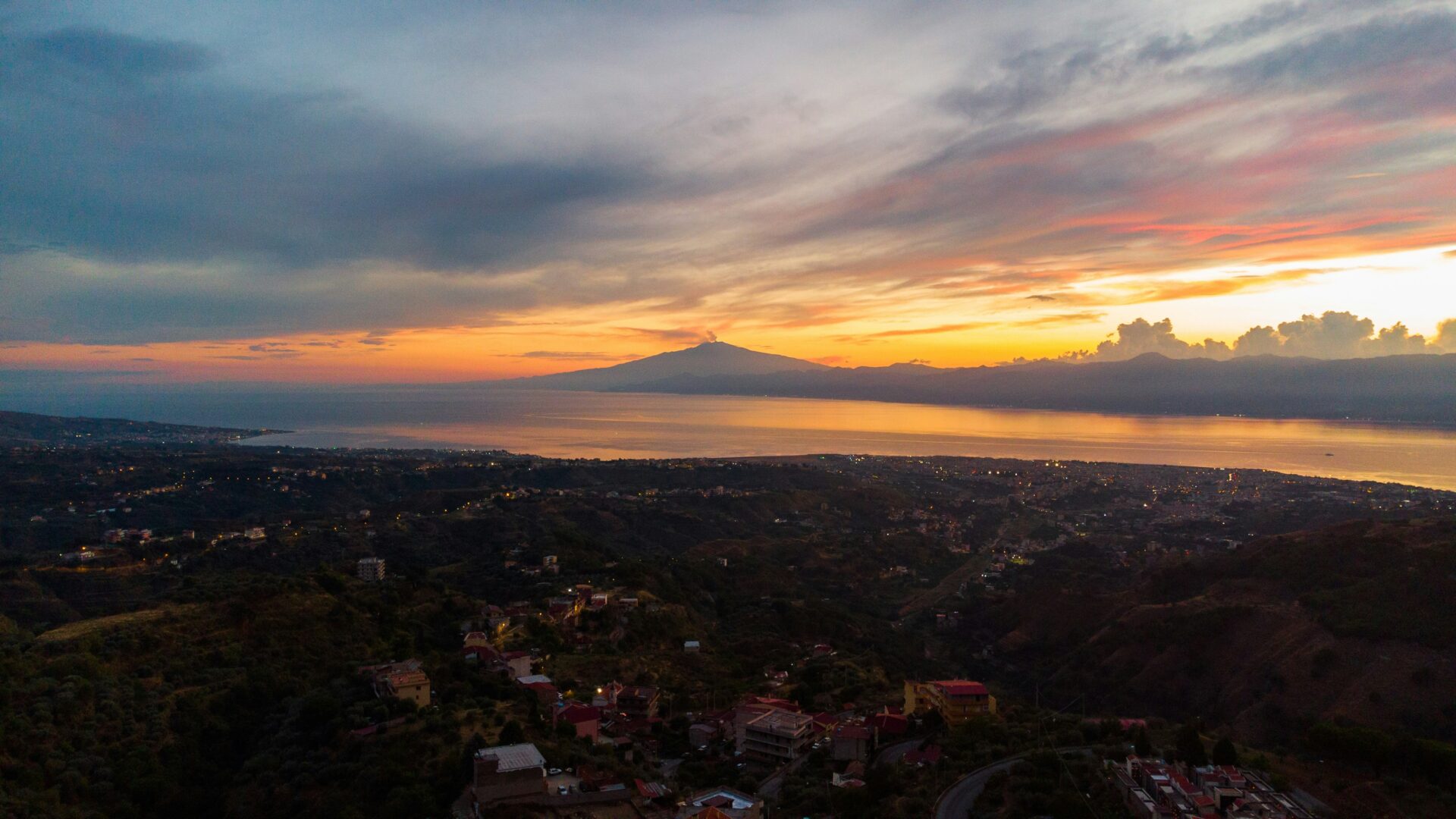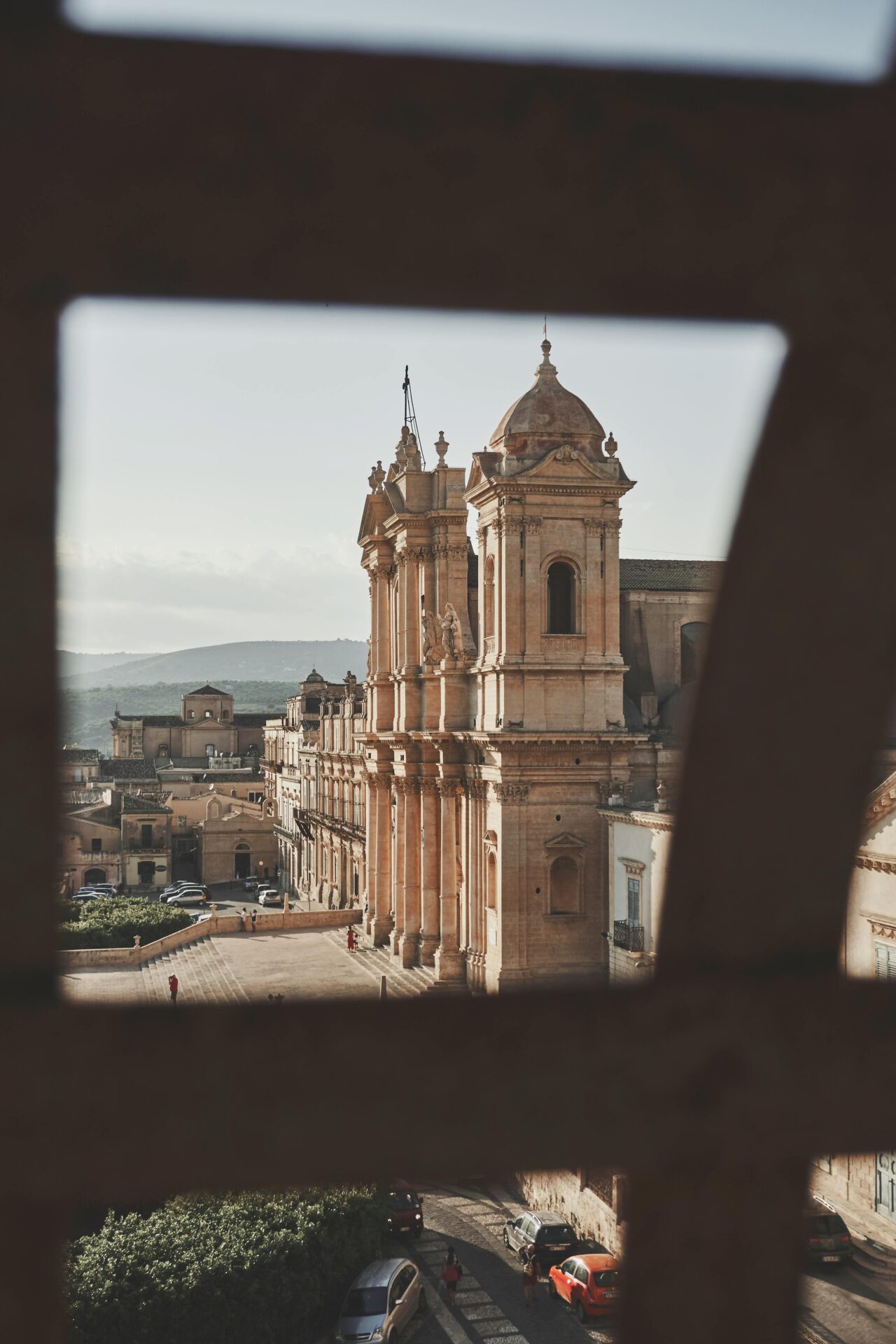When I first set foot in Calabria, I couldn’t help but notice the layers of history everywhere. This southern Italian region, which most tourists skip, sits at a wild cultural crossroads. Greek words still pop up in the local dialect, and Byzantine frescoes cover the walls of old churches. The Byzantine period in Calabria, stretching from the mid-6th to mid-11th century, left a permanent mark on the region’s identity, architecture, and art.
As I wandered through tiny Calabrian villages, I stumbled on hidden churches with Byzantine artwork that just feels… timeless. The care and skill of those ancient artisans jumps out at you. Even after all these centuries, the colors and gold leaf still shine. You can see how those artists poured their world into the details, weaving stories of faith and history right onto the walls.
Greek influence runs deep here, from the old Greek colonies to Greek-speaking communities that survived until not so long ago. I’ve realized that if you want to really get Calabria, you need to dig into this Byzantine-Greek heritage. The way Greek, Byzantine, and Italian influences mix here creates something you simply won’t find anywhere else in Italy.

The Origins of Greek Influence in Calabria
Greek influence in Calabria goes way back. The rolling hills and coastal plains hide stories of cultural exchange that shaped language, art, and architecture for ages.
Magna Graecia and Early Colonization
It’s wild to think that Greek settlers arrived in Calabria around the 8th century BCE, founding what we now call Magna Graecia—“Greater Greece.” They crossed the Ionian Sea and built cities like Reggio Calabria (then Rhegion) and Locri.
These colonists brought their gods and built temples to Apollo and Athena. Even today, you can spot the remains of these ancient buildings scattered across southern Italy.
Thucydides, the famous historian, actually wrote about some of these settlements. The Greeks built thriving communities here, mixing their traditions with local ones and creating a rich, tangled cultural scene.

Language and Historiography Connections
I’m still amazed that Greek language survived in Calabria for thousands of years. There’s a tiny enclave in the Aspromonte Mountains where people still speak Greko (or Calabrian Greek), a rare offshoot of Italiot Greek.
This language is like a living fossil—a direct line back to those ancient settlers. Linguists say Calabrian Greek blends elements from both ancient and Byzantine Greek, showing just how many layers of influence have settled here.
The Griko people, as they’re called, have managed to hang on to their language and traditions,

Byzantine Rule and Religious Crossroads
The Byzantine era really shaped Calabria’s identity. During this time, eastern religious practices, art, and governance mixed with local ways of life. Calabria turned into a true cultural crossroads where Greek Orthodox traditions grew alongside old Roman customs.
The Spread of the Byzantine Church
When I visited Calabria, I saw firsthand how the Byzantine Church changed everything. After Emperor Justinian’s reconquest in the 6th century, Greek-speaking priests brought eastern liturgical practices that really took hold.
Greek became the main language in religious services. Priests performed the Divine Liturgy using eastern rites, and many churches had iconostasis screens that separated the sanctuary—a classic Byzantine touch.
Local saints became important, too. St. Nilus of Rossano, who was born in Calabria in 910, founded monasteries that kept Greek culture alive. I find it pretty amazing how these saints bridged the gap between eastern and western Christianity.

Monasteries and Artistic Expression
Byzantine monasteries once dotted the Calabrian countryside, acting as centers for religious and artistic life. The Patirion monastery near Rossano stood out as a major hub where monks created illuminated manuscripts.
As I explored these places, I saw how monastic communities kept Greek culture alive through their art. Frescoes covered the walls, painted in the Byzantine style with gold backgrounds and stylized images of Christ, Mary, and the saints.
The Codex Purpureus in Rossano Cathedral blew me away. Its purple pages and gold lettering show just how skilled these monastery artists were. It’s honestly one of the most precious Byzantine objects in Italy.

Heraclius and the Byzantine Empire
Emperor Heraclius’s reforms in the 7th century tightened Byzantine control over Calabria. He reorganized the region into the Theme of Calabria, tying it more closely to Constantinople’s rule.
During my research, I noticed how Heraclius’s religious policies shaped local communities. He pushed to defend Orthodox Christianity against rival beliefs, pulling Calabria further into the eastern religious world.
His military campaigns against Persians and Arabs also indirectly helped Calabria. Many religious refugees from the east settled here, bringing their own art and religious traditions that made the cultural mix even richer.

Byzantine Frescoes: Artistry and Hidden Messages
Byzantine frescoes might be the most jaw-dropping art you’ll find in Calabria. These vivid wall paintings tell sacred stories through color and form, filling churches with a spiritual vibe you can’t really describe.
Symbolism in Sacred Art
The frescoes I’ve seen in Calabrian churches use powerful symbolism to get their message across. Gold backgrounds stand for divine light. Blue is heaven. Saints show up with halos and special symbols so people could recognize them—even if they couldn’t read.
In old churches around Rossano, I noticed artists depicted health and sickness in their work. Saints like Cosmas and Damian, who were known for healing, pop up a lot, probably because the community worried about illness.
Artists arranged figures in a strict order. Christ Pantocrator (ruler of all) always sits in the central dome, with Mary, apostles, and saints below him in order of importance.

Techniques and Styles Unique to Calabria
Calabrian Byzantine frescoes have their own style. Artists used natural pigments from local minerals and plants, creating reds, blues, and earth tones that somehow survived the centuries.
I’ve noticed that Calabrian frescoes feel a bit warmer and more human than those in Constantinople. The figures show more emotion, but still keep that spiritual feel.
The fresco technique itself is tricky—artists had to paint on wet plaster, working fast so the colors bonded with the wall. That’s probably why the colors still look so vibrant today.
Local feast days often decided which saints got painted. Each community highlighted their patron saints, turning the walls into a kind of visual calendar.

Noteworthy UNESCO World Heritage Sites
My favorite example of Byzantine art in Calabria is the Cattolica di Stilo. This tiny 10th-century church holds incredible frescoes of Christ and the apostles, and UNESCO recognized it for its cultural importance.
In Santa Severina, I checked out the Baptistery with its dome fresco of Christ’s baptism. The way the artist used light and shadow creates a sense of divine presence that’s still moving, even now.
The rock-hewn churches of Zungri might be less polished, but their frescoes are just as moving. Local artisans created these works in tough conditions, showing real dedication to preserving Byzantine traditions.
These UNESCO sites give you a direct line to medieval Calabria’s spiritual and artistic brilliance. Restoration teams are working hard to make sure these treasures last for generations to come.

Calabria at the Crossroads of Cultures
Calabria’s identity comes from centuries of different civilizations washing over its shores. The region’s spot in the Mediterranean made it a natural meeting place where Greek, Byzantine, Islamic, Punic, and Roman influences all mixed together.
Influences from Sicily, Crete, and Malta
When I walked through Calabria’s coastal towns, I kept spotting buildings that reminded me of Sicily—Norman styles, Greek-inspired layouts. It makes sense; Sicily is just across the Strait of Messina, so there’s been constant back-and-forth.
Cretan influence pops up in the Byzantine religious art, especially in mountain churches. The painting styles and techniques show that artists and monks traveled between these places, bringing their traditions along.
Maltese influence is visible in the coastal watchtowers along the Tyrrhenian Sea. They look a lot like Malta’s old fortifications, hinting at shared defensive strategies.
The maritime culture ties these places together, too. I’ve tasted seafood dishes in Calabria that use ingredients and cooking styles you’ll also find in Sicily, Crete, and Malta.

Islamic and Fatimid Footprints
Islamic influence in Calabria took me by surprise. In towns like Gallipoli, I spotted buildings with geometric patterns and arched doorways—clear signs of Islamic design.
The Fatimids, who once ruled parts of the southern Mediterranean, left their mark on Calabrian crafts. I’ve seen local metalwork and jewelry that clearly trace back to North African techniques.
Islamic agricultural methods also changed Calabria’s landscape. The advanced irrigation systems they introduced still support certain types of farming here.
In some villages near Basilicata, I heard traces of Arabic in the local dialects. These little linguistic leftovers show just how much these cultures blended, even if their religions didn’t always match.

Legacy of Punic and Roman Contacts
The Punic influence in Calabria actually predates the Romans. At archaeological sites, I came across Punic pottery and goods that show the region’s old connection to Carthage and Libya.
Roman traces are everywhere. I’ve wandered through old Roman forts and outposts that once guarded this strategic area. The ancient roadways still shape how people get around today.
Roman administration left its stamp on Calabria’s towns, too. Places like Reggio Calabria still follow those old Roman grid patterns, even under layers of medieval buildings.
What really gets me is how Roman culture mixed with local traditions. In Calabrian museums, I’ve seen religious objects that blend Roman and indigenous beliefs—a real testament to Calabria’s role as a Mediterranean crossroads.

Preserving the Past: Calabria’s Modern Cultural Identity
People in Calabria today blend ancient traditions with modern life, weaving a cultural tapestry that’s all their own. Byzantine and Greek influences are still easy to spot in everyday rituals and celebrations.
Festivals and Contemporary Religious Practices
During festival season, Calabrian villages feel like time machines. I’ve heard elderly folks in Reggio Calabria chatting in Greko, that old Greek dialect that somehow made it through the centuries.
Religious processions mix Catholic and Byzantine traditions in ways you just don’t see elsewhere. The Easter celebrations are especially powerful, with candlelit processions winding through medieval streets under frescoed ceilings.
Local cultural groups are working hard to save these traditions. Some have teamed up with universities to record oral histories and preserve songs before they vanish.
Food is a big part of it, too. At festivals, you’ll find dishes with Greek and Middle Eastern flavors right alongside Italian favorites.

Travel Tips: Exploring Byzantine Heritage Today
If you really want to experience Calabria’s Byzantine heritage, try mixing well-known sites with those out-of-the-way treasures. I usually kick things off in Reggio Calabria—there, you can check out ancient artifacts at the National Archaeological Museum.
After that, I suggest heading inland. Honestly, renting a car makes life so much easier. Sure, public transportation exists, but it rarely gets you to those remote mountain villages where the real traditions still thrive.
When you visit churches with Byzantine frescoes, go early in the morning or later in the afternoon. That’s when the light feels just right.
Pack some binoculars if you’re curious about those ceiling details. Trust me, it’s worth it.
Always double-check opening hours. Many spots close up shop around midday, which can catch you off guard.
Try to plan your trip around local festivals. The atmosphere gets really lively from May through September, with all sorts of events celebrating Calabria’s culture.
Some villages even let you stay with local families. I’ve picked up traditional crafts from artisans this way, and honestly, those moments taught me more than any guidebook ever could.

